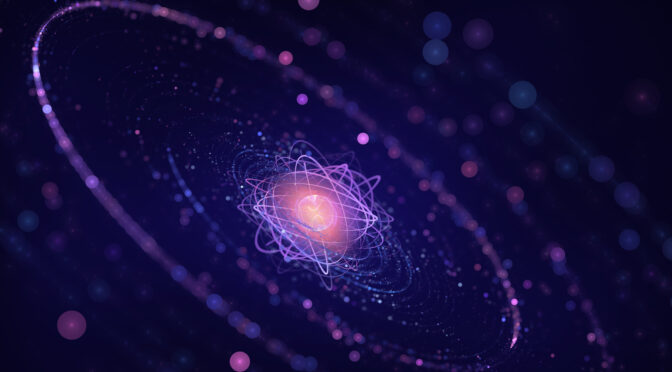In the world of science we have an expectation of being able to explain the unexplained questions that regular common sense cannot. However, there are some certain circumstances in science that are entirely un-explainable even by the laws of physics. These five discoveries of science are those certain circumstances in which they mock the logic of physics.
1. A Particle That Reacts To Being Observed

This idea is essentially that a particle does not act until one is observing the actual particle itself. The particle remains in a neutral phase that only until it is being watched by a certain observer, then it decides on whether or not that it is going to become an action or stay neutral until further notice.
An example of this was found with scientists within Texas that found Uranium to be unstable and decays over time.
They had left the uranium alone to do it’s business and then when coming back they had found that the particles within the uranium had decided to not decay at all. Once they were being observed, the particles within the uranium had suddenly realized they were being watched by the scientists and decided not to go about natures course.
2. What Happens To Black Holes And The Things They Eat?
When it comes to creating and destroying matter, neither of these really exist in the eyes of science. You may have a form of matter to start with creation and upon destroying that creation, you have merely altered the matter in which it was first created.
However, with black holes it is an entirely different story that leaves science completely baffled. When black holes begin to evaporate or cease to exist, the remnants of whatever galaxy, star, solar system that it just ate remains completely vanished from existence entirely along with the black hole itself.
This is one of the greatest mysteries that deep space has to offer us.
3. Satellites Have A Need For Speed
This strange state of science is referred to as “the flyby anomaly”, simply because that there are multiple scenarios that NASA’s Galileo, NEAR, Pioneer 10 and Pioneer 11 spacecrafts would have experienced an interesting yet unexplainable increase in speed over massive long distances.
Essentially, this means that they are far away enough to not be affected by earth’s gravitational pull but somehow manage to gain speed as if there is a mystical force that is driving them all around the planet.
4. Gravity Has A Weakness?
 Upon witnessing the ultimate force of nature that is known as gravity, it too has it’s weaknesses in the eyes of science. In fact, this is known as the Higgs mass hierarchy problem.
Upon witnessing the ultimate force of nature that is known as gravity, it too has it’s weaknesses in the eyes of science. In fact, this is known as the Higgs mass hierarchy problem.
Which means that gravity has a tendency to thwart most cases of scientific hierarchies when the more you look at gravity, the more it seems to disappear.
An example would be as if you were to blow up a balloon and then rubbed it against a wool sweater then placed it on top of a piece of paper.
The static electricity that the balloon absorbed from the sweater would then cause the paper to float in mid air with the balloon, therefore rendering all of gravity useless at the hands of an electrical charge.
5. The Sun Can Make Things Even Hotter Than It’s Own Self!
This fascinating aspect of science is known as the sun’s coronal heating problem. To break down what this means, when heat tends to leave the sun, the laws of thermodynamics begins to slowly disappear for a few hundred miles and no one really seems to know why this happens.
We know that the sun’s surface is an extreme temperature of 5,500 degrees Celsius.
However, when the heat travels away from the surface to a layer that’s a few hundred miles away from it’s surface, the temperature then rises to a blistering 1,000,000 degrees Celsius.

